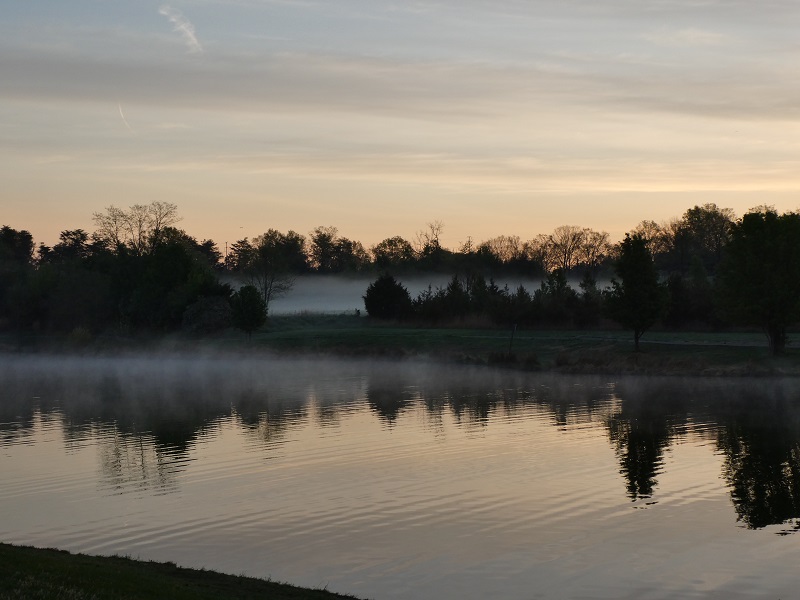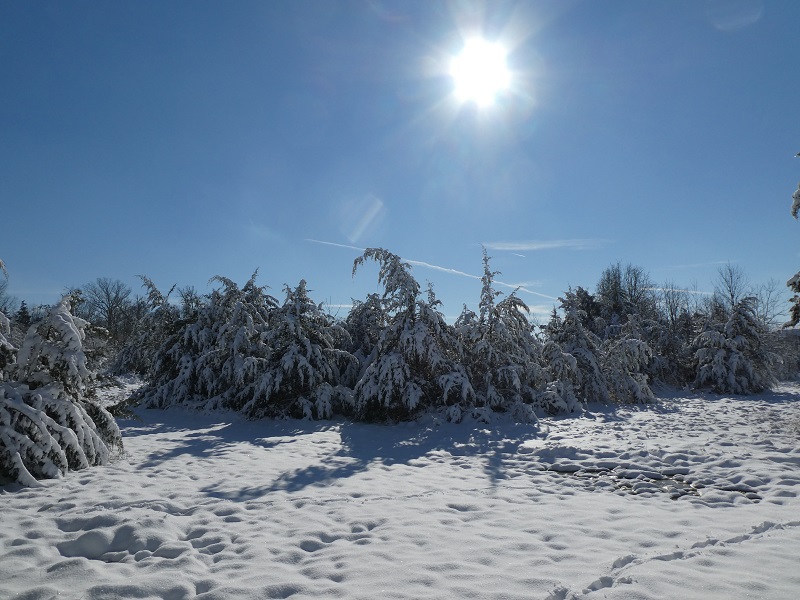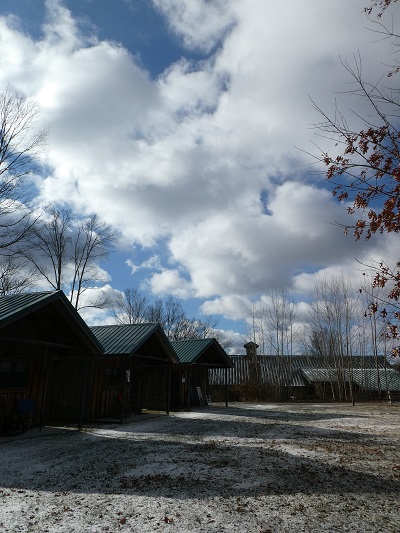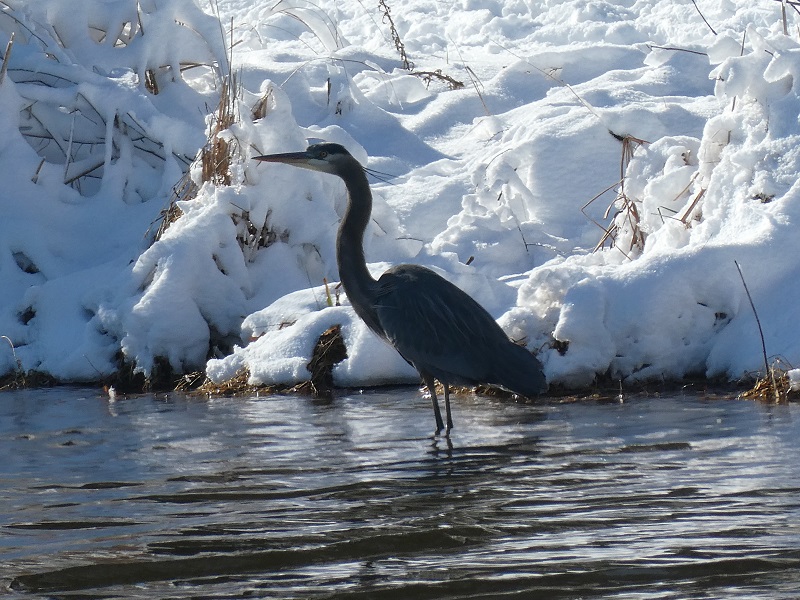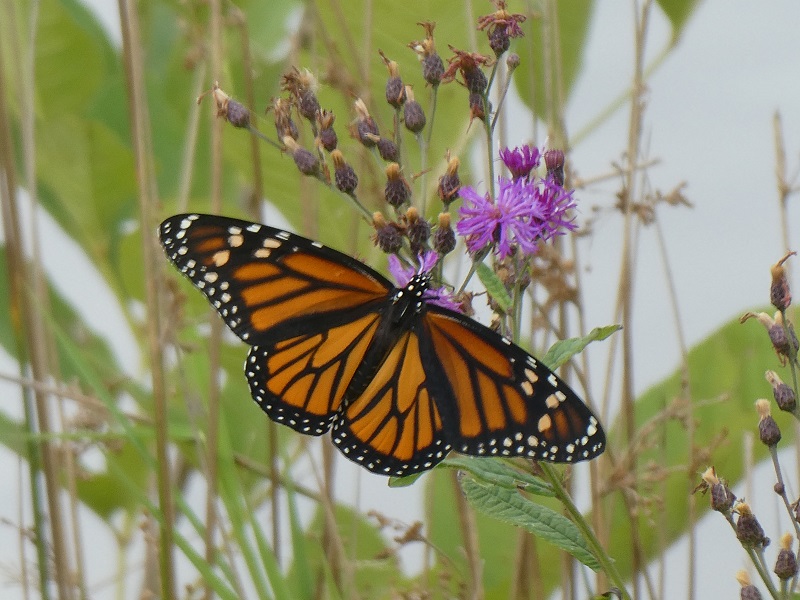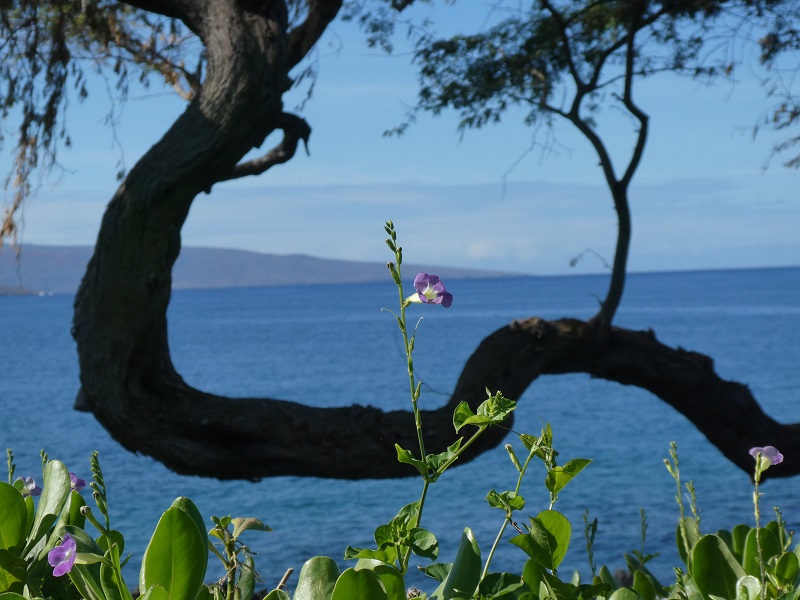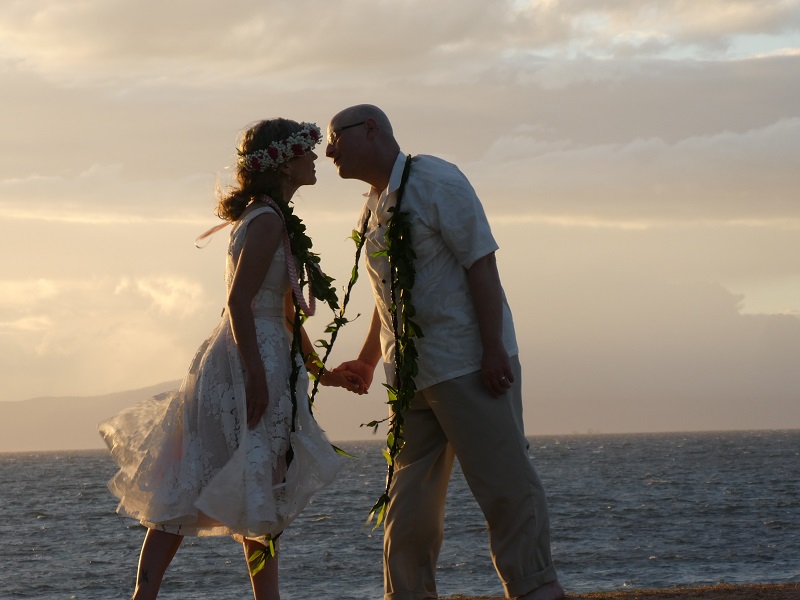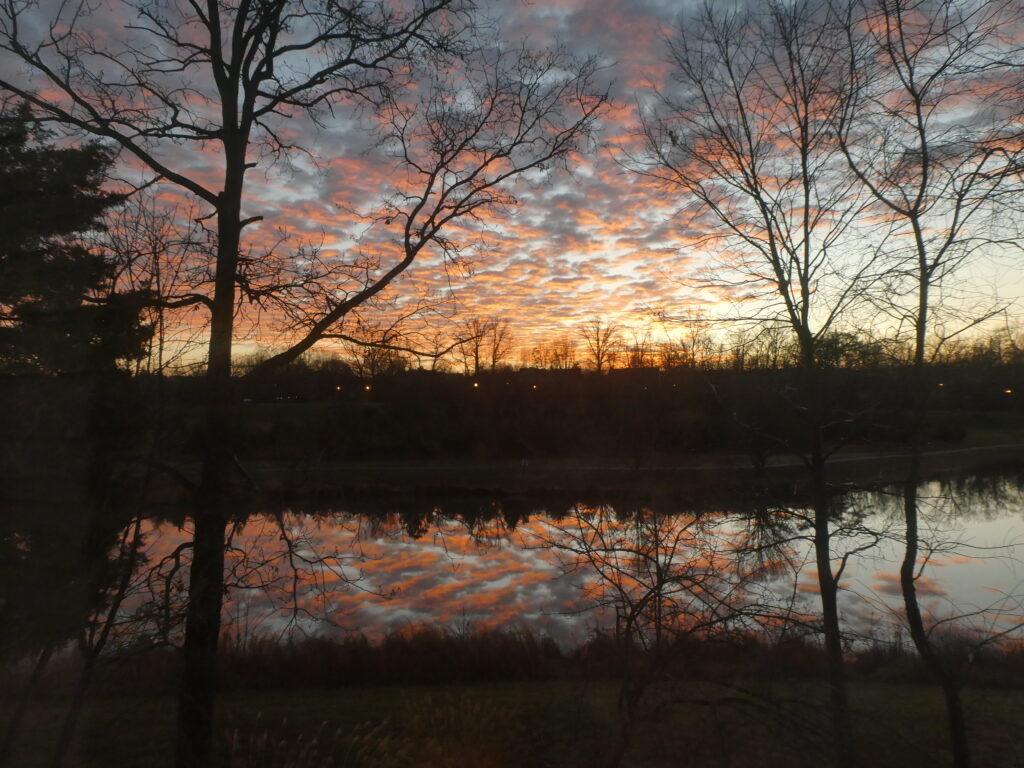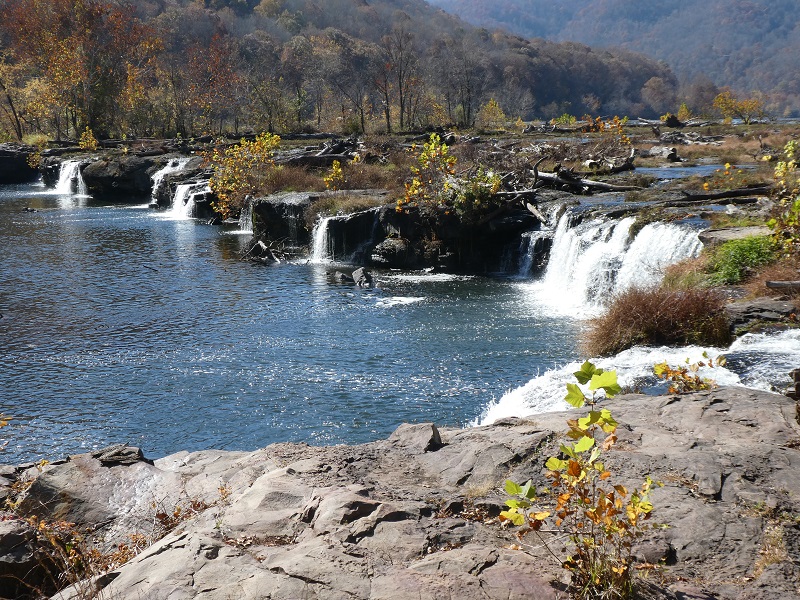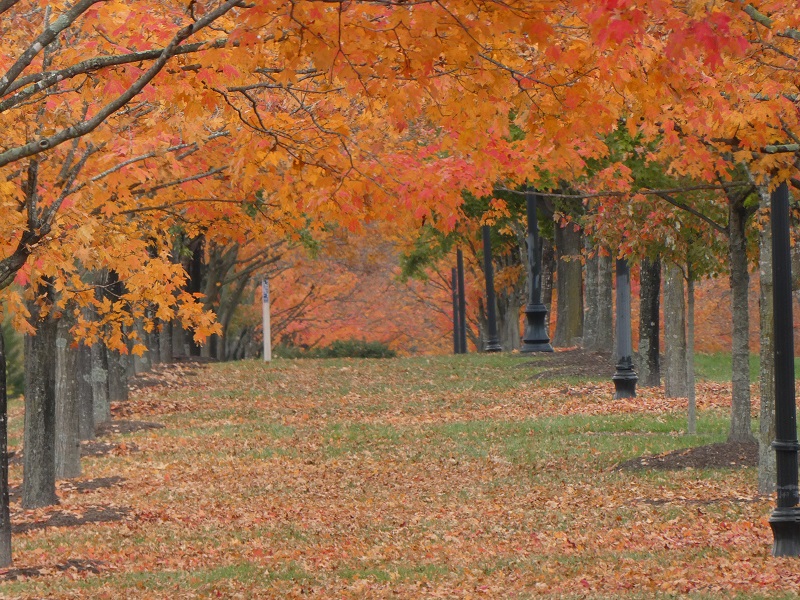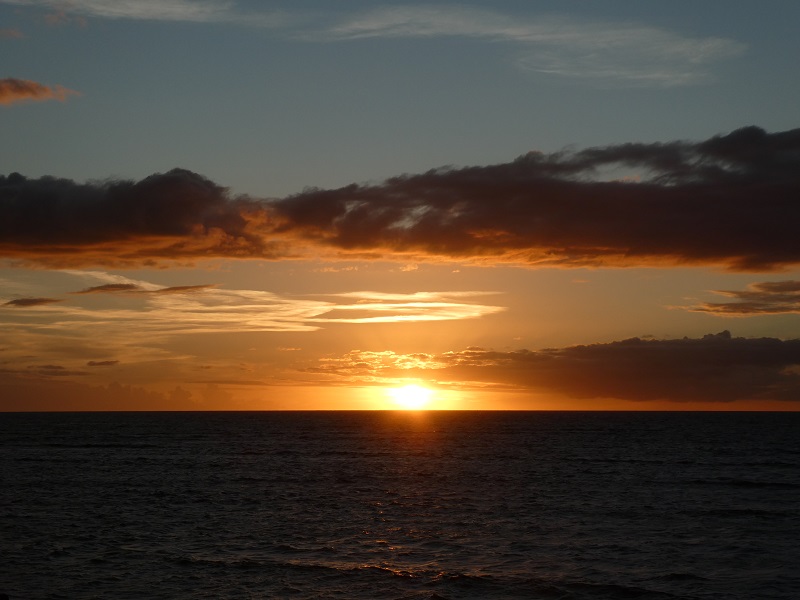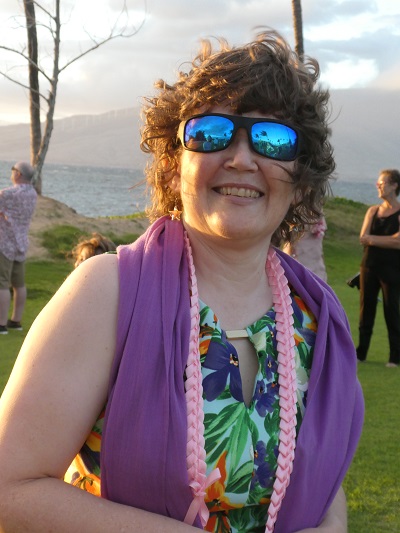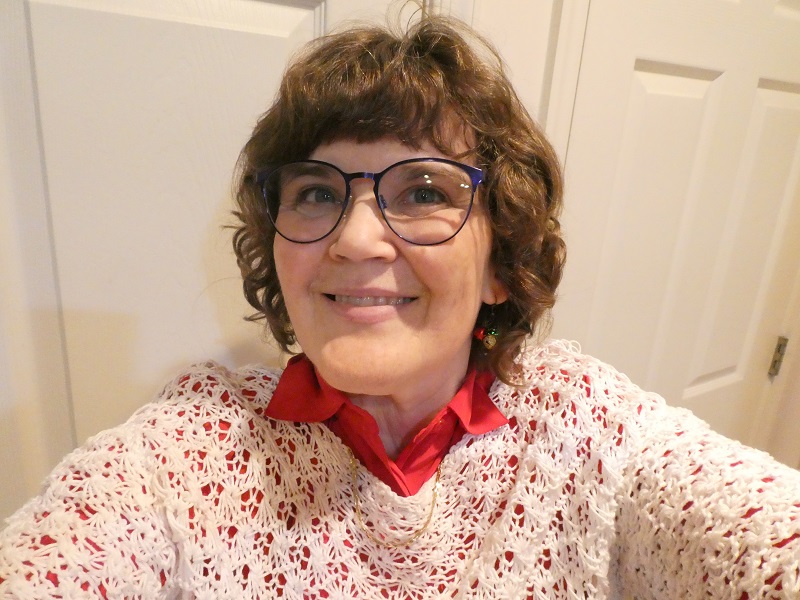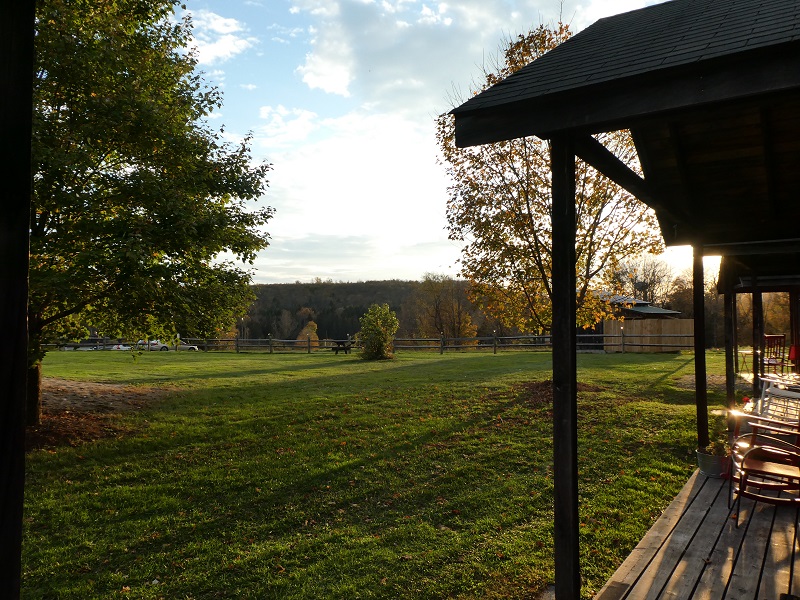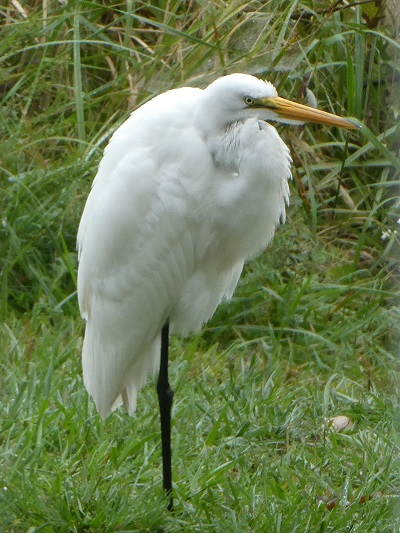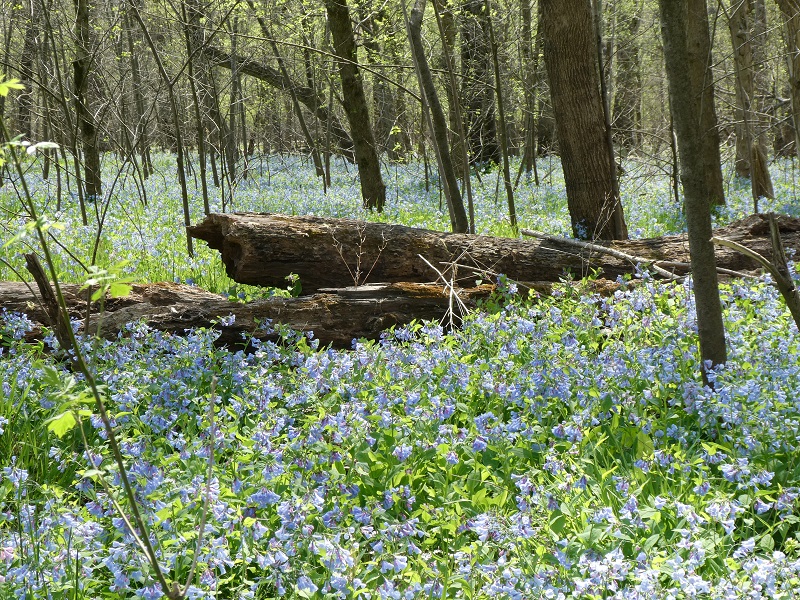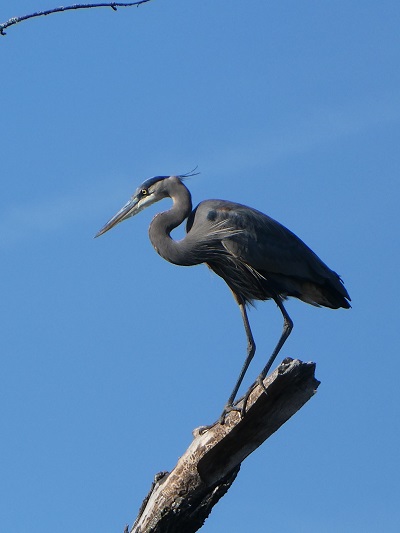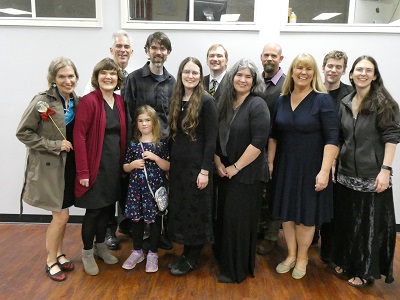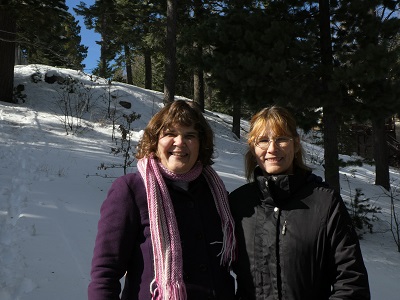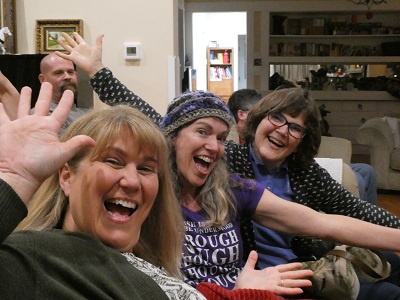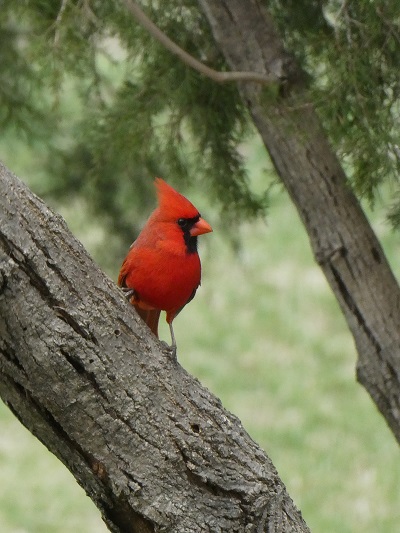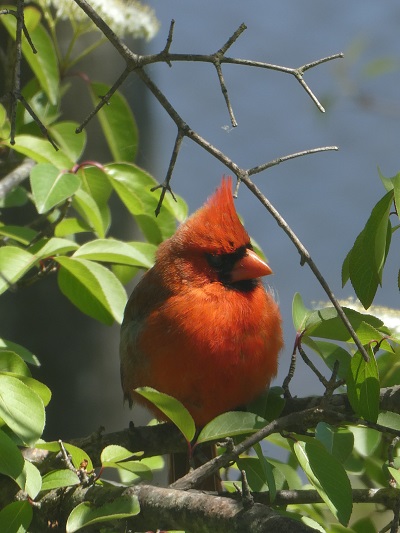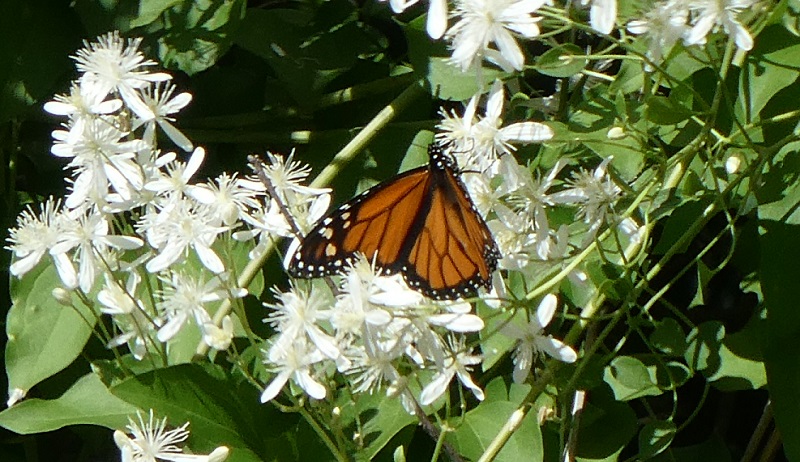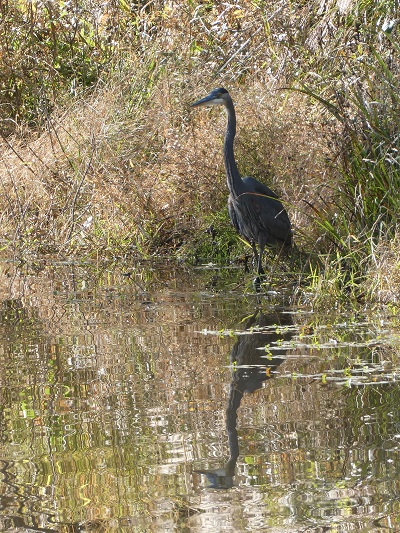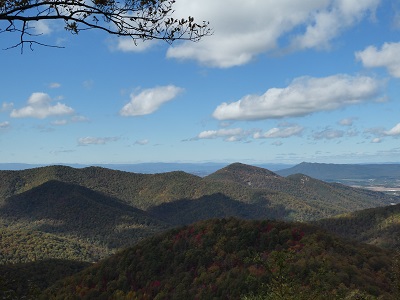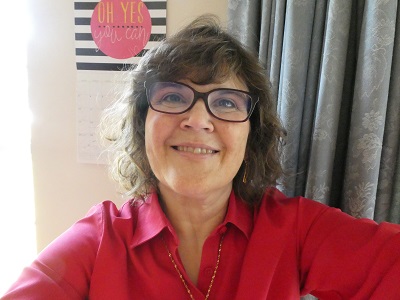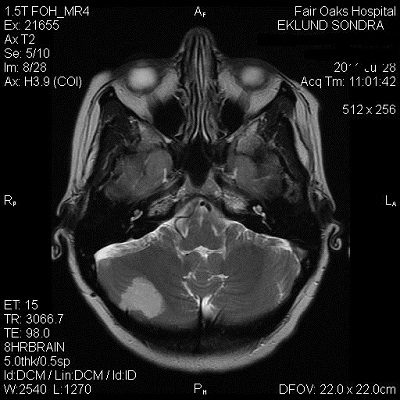
Ten years ago today, when I was 47 years old, I had a stroke.
A friend has encouraged me to celebrate my Stroke-i-versaries (her word) because it’s a way to celebrate being alive!
I want to blog a little bit about it, because there’s not much out there on the web about recovering from a cerebellar stroke or a vertebral artery dissection, so ten years out, I’d like to give my perspective. I’ll highlight some take-aways as I go.
Don’t sleep on a plane without a neck pillow.
My trouble started when I went to ALA Annual Conference in New Orleans on June 24, 2011. Since I was flying in the middle of the day, I thought I wouldn’t want to sleep on the plane so I didn’t bring a neck pillow. However, my trip to New Orleans went through New York City, and on the second flight, I got really tired, so I tried to sleep with my head against the window. There was some turbulence, and my head and neck really hurt when I woke up. I thought I had just gone too long without eating, so I went straight to find food, but it wasn’t enough to get rid of the headache. At ALA, I made things worse by carrying multiple tote bags of heavy books all over the exhibit floor. I do remember that made the headache worse — and it was already centered in my neck, close to the shoulder where I was holding the heavy bags.
In the month that followed, I think at the beginning I had a couple days off from it, but then a headache developed that lasted for four weeks. It was centered in my neck, behind my right ear. I tried Maxalt. I had more than one doctor appointment. Nothing worked. I used up my sick leave, even trying to work through it most of the time. Working distracted me and was a way to bear it.
If you get migraines, you probably shouldn’t use birth control pills.
A doctor told me when I was young that migraineurs have a higher risk of stroke if they go on the pill, so all through my marriage, I hadn’t used it. But when I was 46 years old and divorced, I was getting frequent ovarian cysts, and a gynecologist wanted me to take birth control pills. I asked about the risk of stroke, but she said they’re lower dose now and it’s not a concern.
I was on the pill for three months, March through early June, and had no ovarian cysts. But I let the prescription expire. She told me to go ahead and get a refill and start the Sunday after my next period started.
I thought maybe being off the pill was causing the headaches. (I was reaching for any possibility.) I started it again on Sunday, July 24.
Don’t feel guilty about changing plans if you’re not feeling well.
I joke that the book Stonewall Hinkleman and the Battle of Bull Run saved my life. You see, it was the 150th anniversary of the Battle of Bull Run, and the site is nearby, and I’d been given tickets to a reenactment. But it was outside and you had to take a shuttle bus to the event — and the forecast was for 104 degrees that day.
The book is about a kid whose parents drag him to reenactments, which he hates and thinks are stupid. (Then he gets pulled back in time.) I thought about his perspective and thought about how I’d had a headache for a solid month and really didn’t want to go out in 104 degree heat — and decided to stay home and read the book instead. I didn’t go to church either, because the headache was really getting to me.
I don’t like to think what would have happened if I’d had the stroke that day instead of the next, out at a field in the heat at a crowded reenactment. So I’m very glad the book convinced me otherwise!
I did make a spinach casserole that night that used two bags of spinach. Later, I learned that spinach is full of vitamin K, which helps blood to clot. I still think the birth control pills were more responsible than the spinach, though.
The next day, I took my second birth control pill from the new prescription and went to work, scheduled 12:30 to 9. I was almost out of sick leave. I found an email that I wrote to a friend at 2:00 that afternoon, saying that the headache was still going strong after four weeks and I was thinking about going to the E.R. and begging them to give me some kind of shot for a temporary reprieve. But at least work helped me think about it less.
For dinner, I had some leftover spinach casserole.
If you get hit with vertigo that strikes instantaneously, it might be a stroke.
After dinner, I had a shift working on the information desk. In between customers, I was talking with Ivelisse, my coworker, and all of a sudden, the room started spinning.
I told Ivelisse, “I feel really dizzy,” and I must have showed on my face how bad it was, because she didn’t hesitate to tell me she’d help me get to the back. But then a customer walked up and asked for my help, and I couldn’t even look up the book on the computer — Ivelisse had to help him. I tried to close my computer windows before I went to the back and managed to get one closed, I think, but had to put my head down until she came back.
Ivelisse helped me get to the back and lie down on the couch in the break room, but I couldn’t walk straight and had to lean on desks and walls along the way. Once I laid down, if I moved my head the tiniest bit, the room started spinning again.
At first I hesitated, but when lying down didn’t help at all, I remembered that birth control pills can increase your risk of stroke, so I asked them to call 911. When the paramedics came, moving my head to talk to them made me start vomiting. I was also in a cold sweat.
Moving while in the ambulance also was awful, though they’d given me an I.V. for nausea.
I later learned that only 3-4% of people who go to the E.R. for dizziness are having a stroke — but a couple of signs that distinguish it are vertigo that strikes instantaneously and not being able to walk straight.
Maybe don’t tell the E.R. that you get migraines. Or don’t be a 47-year-old female.
The E.R. at Fairfax Hospital missed my stroke. By the time I saw the doctor, the dizziness had finally let up (about 45 minutes later). So technically that one was probably just a TIA — a transient ischemic attack. They did a CT scan and an EKG, but didn’t find anything. After I told them I’d had a headache for four weeks, they told me my migraines had changed.
This would be a dramatic change — I’d never vomited with a migraine except when I was pregnant.
They gave me a neurology consult and prescriptions for headache pills and anti-nausea pills and sent me home.
I learned later that CT scans only catch 26% of cerebellar strokes when they’re happening, because they’re surrounded by bone. In a small study of cases where the strokes got missed and the patients had another — 40% died with their next stroke, and 30% had permanent disabilities.
Don’t be afraid to ask for help.
I called my friend Marilynn and she drove me home from the hospital. I could hardly sit up. (I’ve often thought how they nicely use a wheelchair to help you out of the hospital when you’ve been admitted, but the time I really needed a wheelchair was that night from the E.R.)
The next day, Tuesday, I was too sick and out of it to fill the prescriptions or make a doctor appointment. I did send an email to friends telling them what happened and that it wasn’t a stroke or a tumor or heart problems, but asking them to pray. (I was still taking birth control pills.)
On Wednesday, I woke up without a headache for a little while! I thought it was from the Fiornal I’d been given, but enjoyed the reprieve. I made a doctor appointment for 9:20 the next day and thought if I felt good enough, I’d go to work after the appointment. I asked my friend Kathe to drive me to work to pick up my car. I told people at work that the doctors said I was fine and I planned to be back at work the next day.
If half of your face is tingling, call 911, for crying out loud!
I woke up Thursday morning, July 28, super dizzy, but not room-spinning. Just hardly able to stand up. I almost fainted when I went to the bathroom, and dived back onto my bed when I was done. Then I noticed my right side — both arm and leg — was tingling. Had I slept on them funny?
I laid there trying to figure out what to do. I didn’t want to call 911 because the E.R. had just sent me home. Besides, my son was sleeping in his room and I didn’t want to scare him. Besides, my room was messy. How could they fit their gurney in there? And I didn’t want to call them when I was in my nightgown.
But my dizziness got a little better, so I decided to get dressed and make breakfast and figure out what to do. I didn’t dare take a shower, but I managed to get dressed and then felt more able to face the day.
I made my usual morning oatmeal, lying down in between steps. Also lying down on the sofa, I called the doctor’s office to tell them I wouldn’t make my appointment. I talked to a nurse and I don’t know what I said, but she told me it would be fine to ask a friend to drive me to a military hospital — I didn’t need to call 911. Dear Reader, this was bad advice.
When I started eating my breakfast, I noticed that the right side of my whole face, including my lips, was numb, besides my arm and leg. Okay, I was going to the E.R.
Next I found a friend to take me. My friend Kathe, who lived a half-hour away, said she’d do it. I calmly told my son I’d be going to the E.R. Then I logged onto my computer to print a map to the E.R. for my friend. This was before we had cellphones, but I don’t know why I thought she needed this.
I discovered today that I even wrote an email to my small group asking for more prayer. Why did I do that? Here’s what I wrote:
Well, instead of going to my doctor appointment this morning, I’m headed for the ER at Fair Oaks. Would appreciate more prayer. The nurse at the doctor’s office said I could wait for a friend to pick me up, though that was before my whole right side started tingling again. Kathe’s going to take me.
I woke up this morning and got real dizzy when I went to the bathroom. Then my whole right side started tingling — arm and leg and even my face. I rested and managed to eat breakfast, got dressed, but didn’t try a shower. Cold sweat with the dizziness. Oh, and an intense right side headache, too. Anyway, I went online to print directions to Fair Oaks, but now think I will lie down until Kathe comes. I admit I’m freaked out!
About the time I finished writing that, it got bad enough again that I was getting scared. I finally figured out that I should probably call 911. But I called Kathe and she was only a minute away. So she helped me walk out to her van — I couldn’t walk straight again. I had to lie down in the back rather than sit in the front seat.
This time I went to Fair Oaks Hospital, and I’ll borrow from a post I wrote at the time to describe what happened:
And they got me in right away and looked me over. (Fair Oaks is a great hospital!) At first they didn’t seem very alarmed. They had access to the CT Scan that was done on Monday, so didn’t think it needed to be done again. But since I had that tingling on my right side (and that continued), they decided to do an MRI.
While they were doing the MRI, I was praying that if something was there, they would FIND it. Because I absolutely knew that I was not okay and I would have a really hard time believing these were new migraine symptoms.
Later, when they did send me for a CT Scan, I figured they must have found something. Sure enough, they told me I’d had a stroke, and they were going to admit me “overnight for observation.†Okay, I guess they tell you “overnight†at first to let you down easy! I was super glad I had taken the time to eat breakfast, because I didn’t get any food until after they admitted me at dinnertime. They did four tests that first day. I think the other two were a sonogram of my heart and an MRA (magnetic resonance angiography) of my head.
It took them a couple days, but they did figure out that the stroke was caused by a right vertebral artery dissection — basically a neck injury. I knew right away that it must have happened when I slept on that plane going to ALA Annual Conference. No wonder I’d had a headache centered in my neck ever since!
Oh, my son’s 17th birthday was the day after I went into the hospital. His dad had been planning to pick him up to visit on his birthday, so I told Tim to have him pick him up a day early. I felt awful about missing his birthday — I made a cake after I got home from the hospital.
I stayed in the hospital for ten days while they adjusted the IV blood thinner so I wouldn’t have another stroke. They sent me home with a prescription for Coumadin, a blood thinner. My small group leaders John and Lisa Maulella brought me home and took me to two stores to find the prescription. It was so hard to stand up long enough to fill the prescription!
And this post has gotten long enough. I do want to blog about the recovery process from the vantage point of ten years, but I’ll do that tomorrow.
Here are blog posts I wrote ten years ago, in the middle of it:
Journeys of Different Kinds
To the Hospital
Was I Scared?
In the Lucky Thirty Percent
The Road to Recovery

